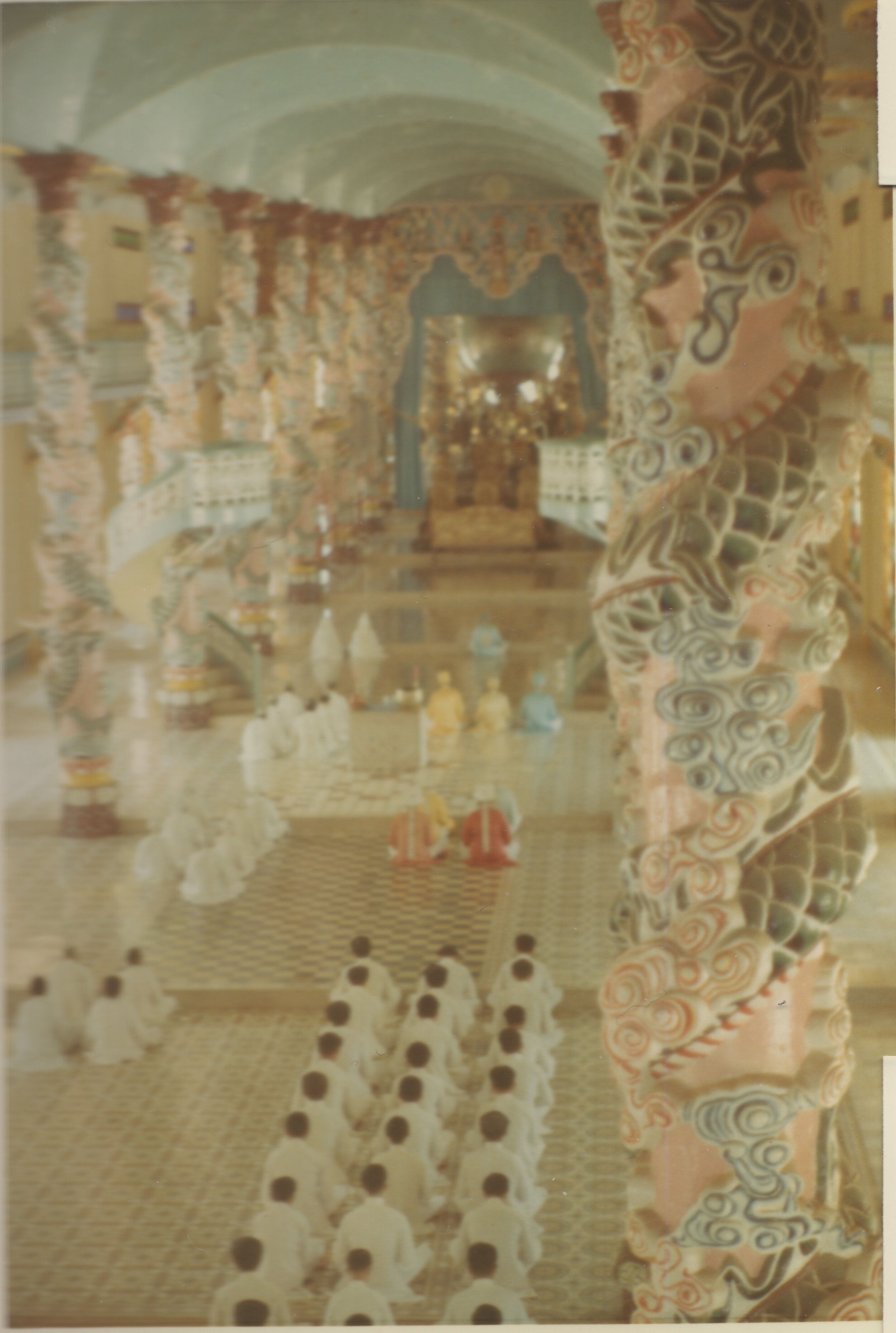This is the fourth—and final—post with a photo of the large relocation of war victims from northern Quang Tri Province (near the DMZ) to Phuoc Thuy Province, in III Corps. The photographer remains unknown.
I am the bearded civilian in the bush suit, on TDY to Phuoc Thuy for the initial phase of the project. The names of the two military men are unknown.
The older American civilian deserves to be remembered, but of course I long ago forgot his name. He was an unusual figure in CORDS, a civilian Provincial Senior Advisor (PSA), both advisor to the GVN Province Chief and in charge of the mostly military MACV Advisory Team #78. His deputy (the DPSA) was a Lt. Colonel. The overwhelming majority of PSAs were military, usually Colonels, because almost all of the ARVN/GVN Province Chiefs were military.
He was also unusual in that he was a career Foreign Service Officer (FSO), one of a few who found their way to this unusual assignment. He had to be at least an FSO-3 (I never asked), which made him equivalent to a full Colonel. I, by contrast, was a FSR/L-7, equivalent to a First Lieutenant. Rank was very important, both to us and to the Vietnamese.
Want to learn more about this and other programs of “The Other War” in Viet Nam? Check out my book, A Spear Carrier in Viet Nam; Memoir of an American Civilian in Viet Nam, 1967 and 1970-72, available in paperback and Kindle formats. I’d appreciate it!



















